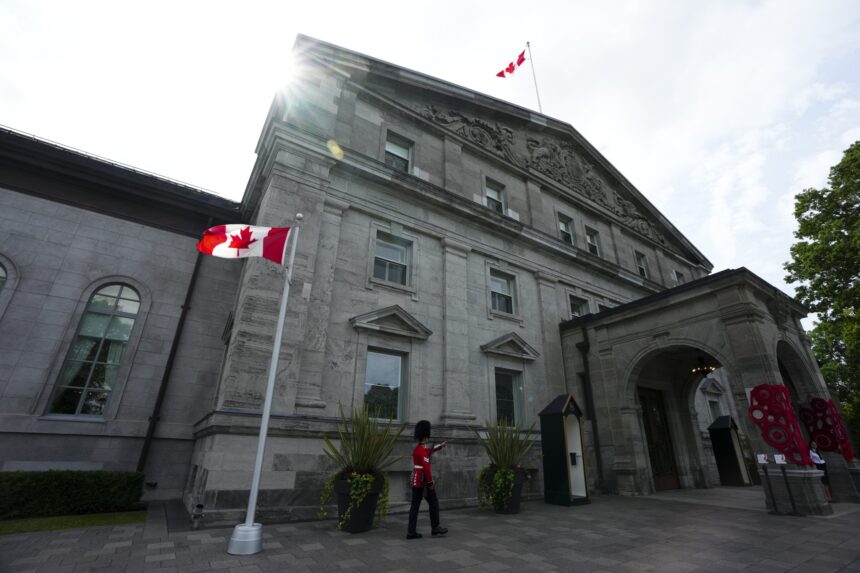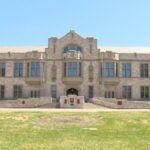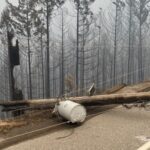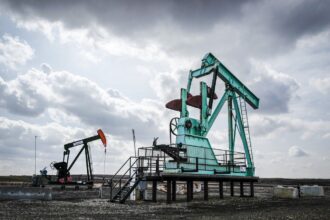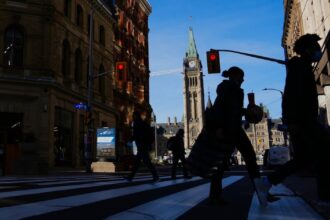In a pivotal moment for Canadian politics, Prime Minister-designate Mark Carney will unveil his cabinet on Tuesday, signaling the official commencement of a new Liberal government following last month’s surprising electoral victory. The swearing-in ceremony, scheduled for 10:30 AM at Rideau Hall, represents not only a change in leadership but potentially a significant shift in Canada’s political landscape.
The historic transition marks Carney’s remarkable journey from central banker to political leader, culminating in his ascension to Canada’s highest elected office. Sources close to the transition team indicate that Carney has spent the past week engaged in intensive deliberations, carefully weighing both regional representation and policy expertise as he constructs his ministerial team.
“This cabinet will reflect Canada’s diversity while prioritizing economic competence,” revealed a senior Liberal strategist who requested anonymity due to the sensitive nature of the discussions. “Carney is meticulously balancing experienced parliamentarians with fresh talent to address the complex challenges facing the country.”
Political analysts monitoring the transition process anticipate several returning ministers will secure positions in the new cabinet, providing crucial continuity in key portfolios. Former Finance Minister Chrystia Freeland is widely expected to maintain a prominent role, though speculation persists about whether she will continue in Finance or pivot to Foreign Affairs—a portfolio where her diplomatic experience could prove invaluable.
Several newcomers elected in the 2025 campaign have also generated significant cabinet buzz. Former tech executive Amira Hassan, who captured a competitive Toronto riding, is considered a frontrunner for Innovation or Digital Government, while environmental scientist Dr. Thomas Chen could potentially lead Environment and Climate Change given Carney’s emphasis on economic sustainability.
The composition of the cabinet will also reveal Carney’s immediate policy priorities. With inflation concerns persisting despite recent moderation, and international trade relationships requiring delicate navigation, economic portfolios will likely feature seasoned veterans capable of implementing Carney’s vision for Canada’s financial future.
“The initial cabinet selections telegraph a government’s priorities more clearly than any platform document,” explained Dr. Elaine Wong, political science professor at the University of Toronto. “Carney faces the additional challenge of balancing traditional Liberal values with his own economic pragmatism, all while managing a caucus that still includes many MPs loyal to his predecessor.”
Regional considerations will inevitably influence cabinet construction, with representation from Western provinces particularly crucial given the Liberals’ historically challenging relationship with Alberta and Saskatchewan. Sources suggest Carney has personally reached out to several Prairie MPs, signaling his intent to bridge longstanding regional divides.
The ceremony will also feature the official unveiling of ministerial mandate letters, which outline specific objectives for each portfolio. These documents will provide the clearest window yet into how Carney plans to implement his campaign promises on housing affordability, healthcare funding, and climate policy—issues that resonated with voters in April’s election.
Cabinet formation represents Carney’s first major test as prime minister, requiring him to balance competing interests while establishing his authority within a party accustomed to different leadership. How his ministerial selections are received could significantly impact the new government’s initial political momentum heading into what promises to be a challenging first parliamentary session.
As Tuesday approaches, the political atmosphere in Ottawa grows increasingly charged with anticipation. Will Carney’s cabinet reflect revolutionary change or reassuring continuity in Canadian governance?

